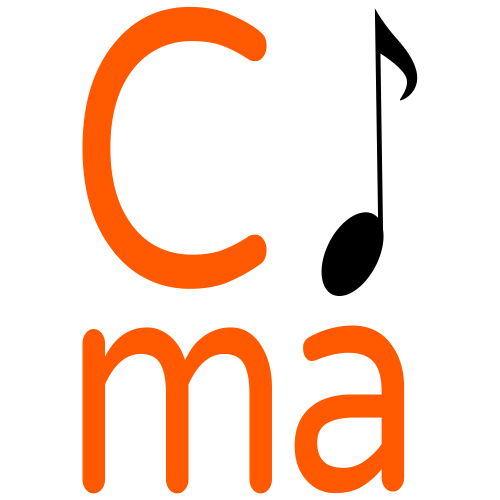RAVEL TZIGANE Cornerstone Lesson Review
Professor Hagai Shaham explains the many topics of this genial composition, showing the parts which mainly express the typical Hungarian romantic style. For example, how to achieve the proper expression of the piece and connect it to the strength of sound and tension.
Hagai Shaham dives into a very extended and profound explanation of many elements. The Masterclass, divided into two parts, contains for each part two tutorials.
Intro Hagai Shaham
History of the piece
Beginning in 1900 and for four consecutive years. Ravel submitted works to compete for the Grand Prix de Rome in Composition. In each case, he failed to take the first prize. He entered one final time in 1905 at the age of thirty, which was the age limit for eligibility. By that time, Ravel had published several successful works, including Jeux d'eau and the String Quartet.
Nevertheless, the faculty at the conservatory disqualified his entry because Ravel refused to abide by traditional academic rules of composition. Therefore, his works were considered " dangerously progressive " in their dignified opinion, "dangerously progressive." And they were somehow pretty right!
In fact, about his earliest musical education. Ravel recounted, "I was much interested in mechanisms... I visited factories often, very often, as a small boy with my father. It was these machines, their clicking, and roaring, which, with the Spanish folk songs sung to me at night-time as a Berceuse by my mother, formed my first instruction in music!".
From his father then, Maurice Ravel acquired his appreciation for well-crafted machinery. Stravinsky even referred to him as "the most perfect of Swiss clockmakers," alluding to the fact that Ravel would never let anyone see work until he was sure there was not a single detail on which he could improve.
Professor Hagai Shaham, Student: Suzan Yanki Karatas, Pianist: Sander Sittig / Masterclass recorded in April 2014 ©iClassical Academy
What to expect in the Masterclass
Main Elements of the composition
If we make a quick sum of the aspects mentioned above of Ravel's personality, we can clearly understand where all the elements of the Tzigane come from; the name of the piece derives from the generic European word for "Gipsy," in French Gitane, or Tzigane. However, it does not contain any authentic Gipsy melodies. Instead, the composer only needed a folk music atmosphere, which allowed him to make a very well-calculated Rhapsodic sequence of genial ideas, organized in a perfect mechanism. With the Tzigane, Ravel also demonstrates his ability to imitate the style of violin showmanship, previously promoted by virtuosi like Paganini and Sarasate.
Masterclass structure
It's a 10-minute one-movement composition for piano and violin. The masterclass is divided into two parts; in the first part, Maestro Shaham teaches how to achieve the proper expression of the piece, which is very demanding concerning the strength of sound and tension. In the second part, Master Teacher Shaham shows what differences we have to consider when playing this great composition in its second part and on to the final section, with particular regards to :
- Expression of Fantasy - fingering, and tempos
- Happy mood without being Agitato
- Techniques and dynamics of the Finale
iClassical Academy
This Ravel Masterclass is available on iClassical Academy, a leader in advanced online musical education. Plans start at $24/monthly. If you're interested in finding many different Conservatory level Master Teachers, different styles, and opinions of the greatest classical music repertoire, this is the place to be!
